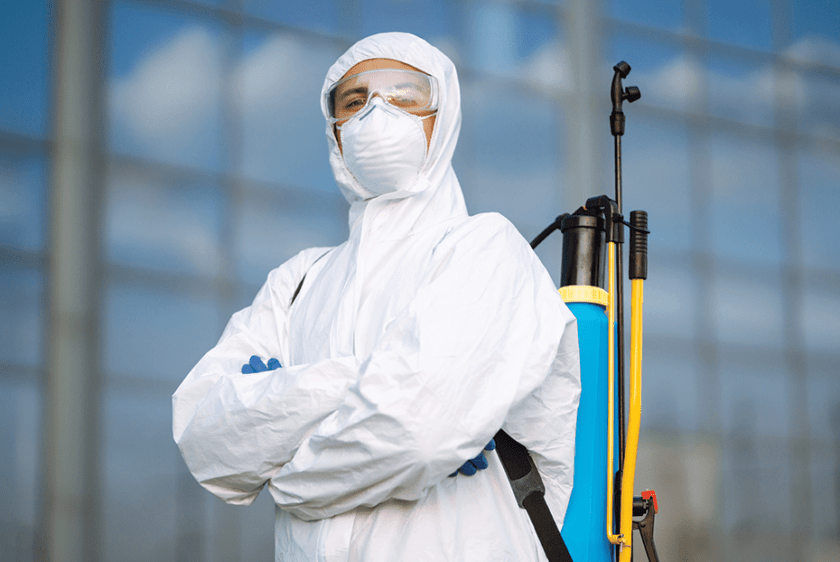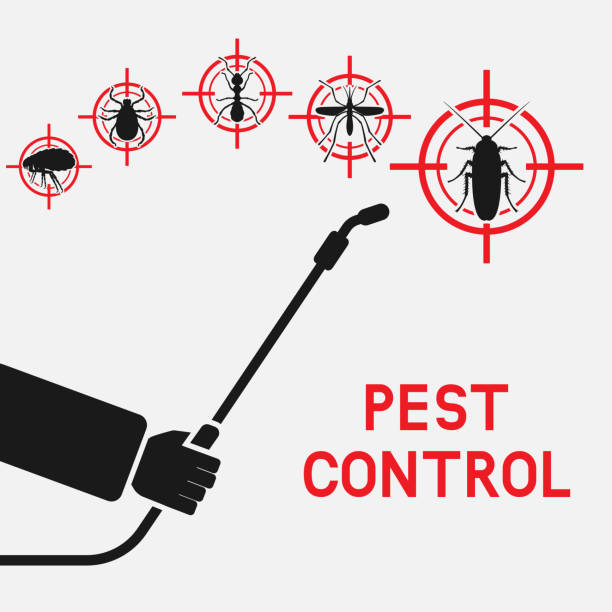Assured Satisfaction with Expert Services from Pest Control Lockhart
Assured Satisfaction with Expert Services from Pest Control Lockhart
Blog Article
Discovering Infestation and Therapy Techniques on the planet of Insect Control
The landscape of pest control includes a myriad of difficulties, especially as invasions of typical family bugs proceed to evolve. By incorporating precautionary procedures with sophisticated administration methods, such as Integrated Insect Management (IPM), property owners can better safeguard their environments.

Usual Family Vermin
When it concerns handling our living spaces, recognizing typical household bugs is vital. These insects not only interrupt our comfort yet can likewise pose wellness risks and damages residential or commercial property. One of the most common household bugs include ants, cockroaches, rats, termites, and bed insects.
Ants, frequently seen foraging in cooking areas, can pollute food and develop large swarms. Roaches, recognized for their resilience, can cause allergic reactions and spread virus. Rodents, consisting of mice and rats, can trigger architectural damage and lug diseases like hantavirus and salmonella. Termites, usually referred to as "silent destroyers," can endanger the stability of wood frameworks, resulting in pricey repairs. Bed insects, although not illness carriers, can trigger substantial pain through their bites and cause emotional distress.
Recognizing the indications of these bugs, such as droppings, nests, or attack marks, is essential for very early intervention (Pest Control Lockhart). Proper cleanliness methods, securing entrance factors, and preserving a clutter-free environment work preventative steps. By determining these usual house parasites and understanding their behaviors, property owners can take aggressive actions to alleviate problems, making certain a much healthier living atmosphere
Comprehending Insect Infestations
Insect invasions can escalate rapidly, turning a small aggravation right into a considerable problem otherwise resolved without delay. Recognizing the nature of these invasions is important for effective management. Bugs can get into domestic and commercial rooms for different reasons, consisting of the look for food, shelter, or reproducing grounds. Common variables adding to infestations consist of bad hygiene, architectural vulnerabilities, and seasonal adjustments that drive bugs indoors.
Determining the kind of bug is vital, as different species display diverse actions and reproductive prices. Rats might establish nests in surprise locations while pests like cockroaches grow in wet atmospheres. Early discovery frequently depends upon acknowledging indicators such as droppings, chomp marks, or uncommon sounds, which can suggest an issue before it becomes severe.
Ecological conditions also play an essential role in insect spreading. Warm, moist climates can promote the quick development of parasite populations, while modifications in landscape design or building can unintentionally develop helpful environments. Regular examinations and preventative procedures are critical to reducing the threat of problems. An enlightened strategy to recognizing these dynamics lays the groundwork for effective parasite administration methods in the future.
Therapy Methods and Strategies
Reliable therapy techniques and techniques are important for mitigating insect invasions and recovering a secure environment. A multifaceted technique is usually best, incorporating chemical, biological, and mechanical approaches tailored to the specific insect and the intensity of the invasion.
Chemical therapies consist of making use of pesticides and herbicides, which can properly eliminate insects. Appropriate application and adherence to security standards are vital to decrease threats to people and non-target microorganisms. Integrated Insect Administration (IPM) encourages the judicious use of chemicals as a last resource, relying rather on surveillance and limit levels to identify intervention demands.
Organic control techniques include presenting natural killers or parasites to reduce parasite populations. This approach is significantly popular, specifically in farming settings, as it advertises environmental sustainability.
Mechanical approaches, such as traps and obstacles, offer prompt relief from parasites without presenting chemicals. Choices include sticky catches for insects or physical barriers for rats.
Eventually, the selection of treatment technique should think about the specific bug, the environment, and prospective influence on human health and wellness and ecosystems. A well balanced mix of these techniques can effectively handle problems while promoting long-lasting parasite control solutions.
Precautionary Actions for Homes
Proactively resolving pest problems before they escalate is important for keeping a healthy and balanced home environment (Pest Control Lockhart). Carrying out reliable safety nets can substantially decrease the probability of problems, ultimately protecting both your building and well-being

Correct landscape design additionally plays a crucial role in prevention. Maintaining hedges and trees trimmed away from your house decreases the possibilities of insects finding their way indoors. Furthermore, guarantee that drain systems are functioning successfully to avoid standing water, which can draw see post in mosquitoes and other insects.
Finally, routine examinations are recommended. Frequently checking for signs of parasite activity enables very early intervention. By adopting these safety nets, property owners can develop an environment that is less friendly to insects, thereby boosting their overall lifestyle and minimizing the need for considerable pest control treatments.
Commercial Parasite Control Techniques
A comprehensive technique to commercial bug control is vital for businesses aiming to keep a risk-free and sanitary atmosphere. Reliable techniques entail a combination of routine examinations, worker training, and the execution of Integrated Pest Administration (IPM) practices.
Routine examinations enable very early discovery of pest activity, permitting for timely intervention. Services need to develop a regular timetable for these assessments, focusing on risky locations such as cooking areas, storeroom, and garbage disposal websites. Staff member training is equally vital; team should be informed on the indications of parasite infestations and the significance of reporting them promptly.
Applying IPM practices helps reduce insect problems sustainably. This consists of environment alteration, such as securing access factors and minimizing mess, along with employing all-natural deterrents prior to resorting to chemical treatments.

Moreover, collaborating with a certified insect control supplier makes sure accessibility to specialist understanding and sophisticated therapy choices. This partnership can result in customized insect control plans customized to the details requirements of business, minimizing threats and enhancing overall effectiveness. Ultimately, a proactive and enlightened technique promotes a pest-free atmosphere, protecting both public health and organization online reputation.
Verdict
In final thought, effective parasite control requires a comprehensive understanding of typical house insects and their go to my blog actions, coupled with targeted treatment approaches. Executing preventative measures together with therapy techniques such as Integrated Bug Management and biological control improves the capacity to mitigate invasions.
Report this page